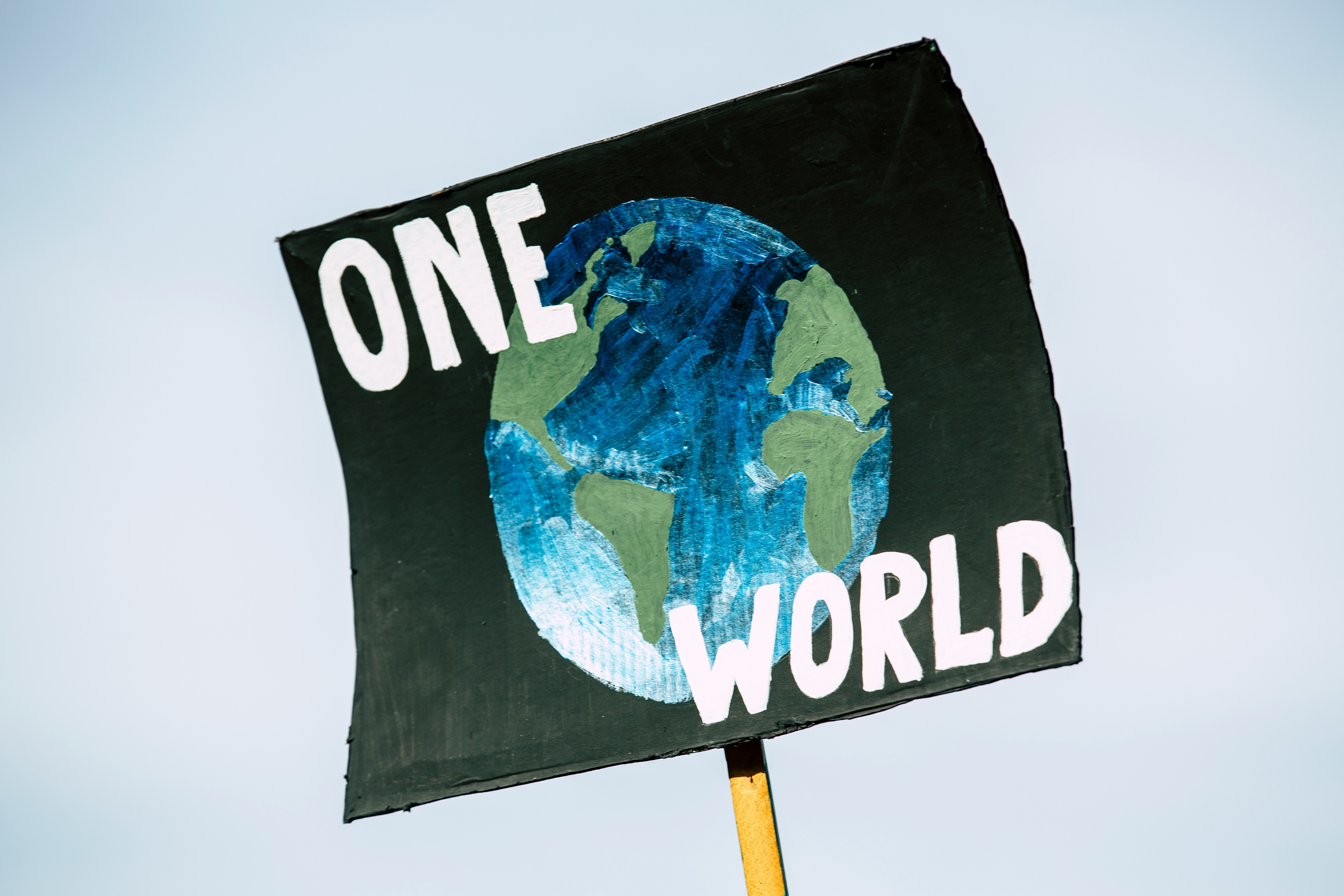Code Red for Humanity: Accelerating Global Climate Action Before It’s Too Late
March 2025
Sustainable Development Goal 13 (SDG 13): Climate Action urges the world to take urgent steps to combat climate change and its devastating impacts. As wildfires rage, seas rise, and storms intensify, the climate crisis is no longer a distant threat—it’s a lived reality for millions across the globe.
In 2025, the world finds itself at a defining crossroads: will we act boldly enough to protect our planet and future generations—or continue down a path of inaction and irreversible damage?
A Warming World: The Alarming Signs
The latest report from the Intergovernmental Panel on Climate Change (IPCC) confirms what scientists have warned for decades: global temperatures have already risen by 1.2°C above pre-industrial levels, and we are on track to surpass 1.5°C within the next decade without radical emissions cuts.
Extreme weather events are becoming more frequent and severe:
Record-breaking heatwaves scorched cities from Europe to South Asia.
Floods displaced millions across Africa and Southeast Asia.
Glaciers and polar ice are melting at alarming rates, contributing to rising sea levels.
“We are running out of time, but not out of options,” warned UN Secretary-General António Guterres. “This is our moment for climate solidarity, climate justice, and climate ambition.”
Emissions and Energy: The Fight for a Greener Future
Fossil fuels remain the largest contributor to greenhouse gas emissions. Despite growth in renewable energy, coal, oil, and gas still account for over 75% of global emissions.
To align with the 1.5°C target, countries must cut emissions by 43% by 2030 and reach net zero by 2050. That requires:
Phasing out fossil fuel subsidies.
Investing in solar, wind, and green hydrogen.
Electrifying transport and industries.
Redesigning cities to be more energy-efficient and sustainable.
Progress is happening. In 2024, renewables accounted for over 80% of new power capacity globally, and more than 150 countries submitted updated climate commitments (NDCs). But ambition must be matched by implementation.
Adaptation and Resilience: Protecting the Most Vulnerable
Climate impacts are not distributed equally. Developing nations—often those least responsible for emissions—face the most devastating consequences.
From drought-stricken farmers in the Sahel to island nations confronting rising seas, adaptation is no longer optional—it’s essential for survival.
SDG 13 emphasizes support for:
Early warning systems.
Climate-resilient infrastructure.
Ecosystem restoration.
Financial and technical assistance for vulnerable communities.
The Loss and Damage Fund, agreed upon at COP28, has now begun disbursing climate finance to countries on the frontlines—marking a major step forward for global climate justice.
Youth, Movements, and Climate Justice
Young people are not waiting for change—they’re leading it. Movements like Fridays for Future, Sunrise Movement, and Polluters Out continue to hold governments and corporations accountable.
Across the world, youth are launching clean energy startups, restoring ecosystems, and taking legal action to protect their futures.
“Climate justice is not charity—it is a right,” says activist Vanessa Nakate. “We don’t want promises. We want action.”
Private Sector and Innovation
Businesses are increasingly recognizing that climate action is not just a moral obligation—it’s an economic necessity. From carbon-neutral manufacturing to circular fashion and regenerative agriculture, innovation is driving a new green economy.
Major companies are adopting science-based targets, measuring their Scope 1–3 emissions, and disclosing ESG data. Green finance, climate tech, and sustainability-focused venture capital are also on the rise.
But greenwashing remains a concern—calling for stronger standards, transparent reporting, and genuine commitment.
Conclusion: A Call for Climate Courage
SDG 13 is not only about reducing emissions—it’s about transforming how we live, work, consume, and care for the Earth. The science is clear. The technology exists. The solutions are within reach.
What the world needs now is political will, international cooperation, and collective courage.
Because the cost of inaction will be far greater than the cost of transformation.
In the words of Swedish climate activist Greta Thunberg:
"You say you love your children above all else, and yet you are stealing their future in front of their very eyes."
Let 2025 be the year we choose a different path—one of climate action, justice, and hope.



